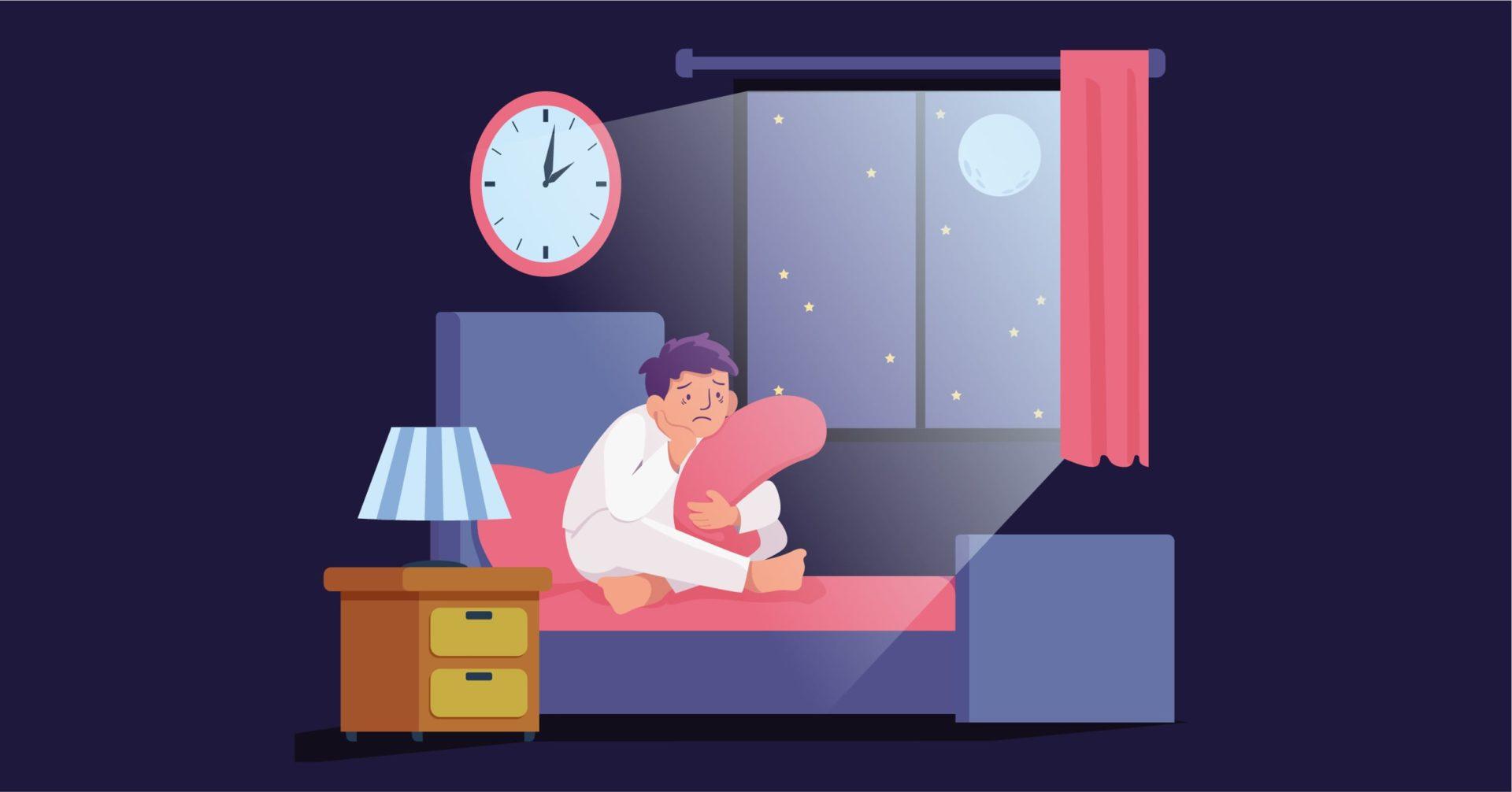Overview
Disruptive Mood Dysregulation is a depressive disorder characterized primarily by chronic and to a large extent, severe irritability as well as aggressive outbursts, and is diagnosed during childhood.
The symptomatic temper tantrums that are observed in Disruptive Mood Dysregulation are considered to be disproportionate to the age and developmental stage of the child.
The symptomatology of the disorder is responsible for significant distress to the child, and can negatively impact their social, family, as well as academic lives.
The chronic nature of irritability experienced can hinder their ability to participate in play activities as well as in school settings, and may also lead to potentially harmful behavior towards self or others.
Due to the relative novelty of the disorder, there is a paucity of epidemiological and etiological data regarding Disruptive Mood Dysregulation Disorder, though it has been linked with a male preponderance.
A combination of genetic, environmental, and temperamental factors is speculated to be associated with the disorder. A significant psychiatric comorbidity is also involved.
The pharmacological treatment options for Disruptive Mood Dysregulation Disorder target symptomatology, and often involves treatment of comorbid disorders. Non-pharmacological management includes behavioral intervention as well as parental training.
Signs and Symptoms
The signs and symptoms of Disruptive Mood Dysregulation Disorder include:
- Severe and persistent irritability
- Verbal outbursts
- Physical outburst, including destruction of property or harming self or others
- Restlessness
- Impatience
- Inattention and distractibility
- Noticeably angry mood most of the time
- Temper tantrums (disproportionate to age)
Risk Factors
A greater prevalence of Disruptive Mood Dysregulation Disorder has been established among school-age youth, and is considered to decrease with age. From a diagnostic perspective, the symptoms of Disruptive Mood Dysregulation Disorder are required to have appeared before the age of 10. A male preponderance is observed.
Etiological studies in the context of Disruptive Mood Dysregulation Disorder are limited. As with most developmental disruptive disorders that occur among the youth, a combination of genetic and environmental factors is taken into consideration.
A family history of substance use, underlying psychiatric disorders, as well as prenatal and postnatal depression in mothers, as well as experiences of trauma during the early life or major life events such as divorce or loss are associated antecedents of the disorder. Living away from one or both parents also poses an increased risk of Disruptive Mood Dysregulation Disorder.
Poor nutrition or malnutrition, including deficiencies of iron, vitamin B12, and folate, have also been linked with a predisposition towards disruptive behavior. Temperamental factors have also been outlined, with histories of chronically irritable behavior being identified as a precursor to a complex set of psychiatric problems. Cognitive deficits may also be observed.
Diagnosis
The diagnosis of Disruptive Dysregulation Disorder is based largely in the outlined diagnostic criteria. A thorough assessment would likely involve a detailed account of the history of symptomatic behavior given by the parents or guardians as well as the teachers involved in the care of the child.
The DSM-5 mentions the following diagnostic criteria for Disruptive Dysregulation Disorder:
1. Severe recurrent temper outbursts manifested verbally (e.g., verbal rages) and/or behaviorally (e.g., physical aggression toward people or property) that are grossly out of proportion in intensity or duration to the situation or provocation.
2. The temper outbursts are inconsistent with developmental level.
3. The temper outbursts occur, on average, three or more times per week.
4. The mood between temper outbursts is persistently irritable or angry most of the day, nearly every day, and is observable by others (e.g., parents, teachers, peers).
It is required for the above mentioned criteria to have been present for over a year, without a period of 3 consecutive months with asymptomatic presentation. Age requirements emphasize the need for either symptomatic presentation or case history to confirm that the age of onset was 10 years or before, and that the disorder only be diagnosed between age 6-18.
Further, it is required for symptoms be present across at least two settings out of the following, and be severe in at least one:
- Home
- School
- Among peers
The symptomatic criteria for either a hypomanic or manic episode should never have been met. The symptoms should also not have been experienced exclusive while a concurrent depressive episode was being experienced, and should not be better explained by other disorders such as autism spectrum disorder, persistent depressive disorder, posttraumatic stress disorder, or separation anxiety disorder, or by the effects of substance or medication.
Certain disorders may be comorbid with Disruptive Mood Dysregulation Disorder, but there are some disorders that it cannot be diagnosed alongside, such as oppositional defiant disorder, intermittent explosive disorder, and bipolar disorders.
In case of underlying major depressive disorder, attention-deficit/hyperactivity disorder (ADHD), conduct disorder, or substance use disorders, the diagnosis of Disruptive Mood Dysregulation Disorder can be made concurrently.
There is a very high rate of psychiatric comorbidity involved with Disruptive Mood Dysregulation Disorder.
Treatment
Treatment for Disruptive Mood Dysregulation Disorder is largely geared towards the management of symptoms of irritability. Due to a paucity of data on treatment outcomes in the context of Disruptive Mood Dysregulation Disorder, most of the management pathways are adapted from those of disorders with similar symptomatology, including oppositional defiant disorder.
There may be some hesitation among clinicians when it comes to treating Disruptive Mood Dysregulation Disorder with stimulants or SSRIs (Selective Serotonin Reuptake Inhibitors), as there is a risk of worsening irritability as a symptom, as well as a risk of mania.
When similarities between major depressive disorder, ADHD, and anxiety disorders pathophysiology is observed, treatment with stimulants and SSRIs becomes more practical. In incidences of comorbid ADHD with a need for fast reduction of aggressive symptoms, antipsychotic medication may be recommended.
Even after a diagnosis of Disruptive Mood Dysregulation Disorder has been confirmed, it is vital to continue inquiry with regards to causation or irritability.
Identifying sources of conflict in the patient’s life is important from a psychosocial perspective, and importance must be given to determining stressors in the environment of the individual, as well as their personal triggers for irritability and disruptive behavior.
Non-pharmacological interventions are based largely in behavioral therapy, in order to target social and emotional dysfunctionality. Dialectical Behavioral Therapy has shown considerable efficacy among adolescents.
Psychosocial treatment methods should ideally involve a parental training aspect, in order to better equip them for management. The addition of a parental participation element has been associated with positive outcomes, as well as increased compliance and participation from the child involved.
Differential Diagnosis
Bipolar disorders: The central feature differentiating disruptive mood dysregulation disorder and bipolar disorders in children involves the duration of the symptoms and basic criteria for diagnosis. Bipolar disorders are episodic conditions, disruptive mood dysregulation disorder is not.
Another central differentiating feature between bipolar disorders and disruptive mood dysregulation disorder is the presence of elevated or expansive mood and grandiosity. These symptoms are common features of mania but are not common to disruptive mood dysregulation disorder.
Oppositional defiant disorder: The symptoms of ODD do not occur in children with DMDD, but the mood symptoms of DMDD have been noticed in ODD cases a few times. The two can be differentiated based on the severity and onset of both the disorders.
Attention-deficit/hyperactivity disorder, major depressive disorder, anxiety disorders, and autism spectrum disorder: A child whose symptoms meet criteria for disruptive mood dysregulation disorder also can receive a comorbid diagnosis of ADHD, major depressive disorder, and/or anxiety disorder. The disorders can be differentiated based on the outbursts, behaviour patterns and triggers.
Intermittent explosive disorder: Children with symptoms of severe temper outbursts are much like children with disruptive mood dysregulation disorder.
However, unlike disruptive mood dysregulation disorder, intermittent explosive disorder does not require persistent disruption in mood between outbursts. Also, intermittent explosive disorder requires only 3 months of active symptoms, in contrast to the 12-month requirement for disruptive mood dysregulation disorder.
Comorbidity
Comorbidity between disruptive mood dysregulation disorder and other syndromes appears higher than for many other pediatric mental illnesses. The comorbid disorders being oppositional defiant disorder, intermittent explosive disorder, mood disorders, anxiety disorders and even autism spectrum disorders.
Specialist
Since Disruptive Mood Dysregulation Disorder is required to be diagnosed during childhood, the primary clinician involved may be a paediatrician. Further, paediatric or child and adolescent psychologists or psychiatrists may be involved in the diagnosis and treatment of the disorder.





